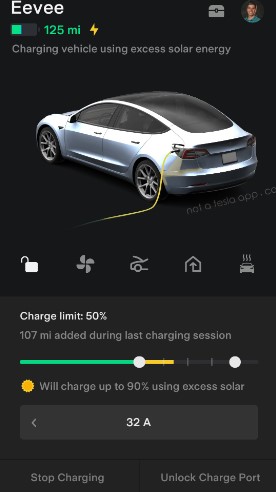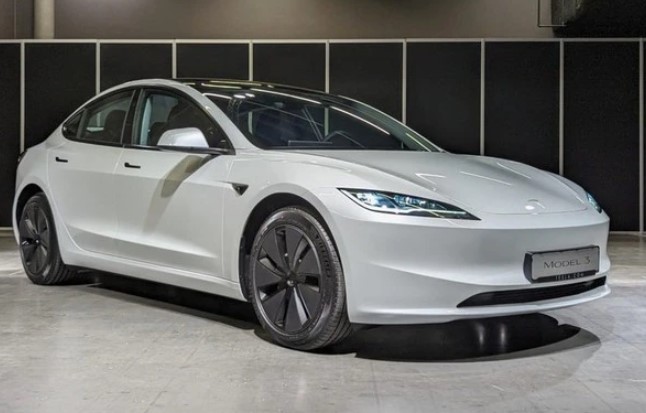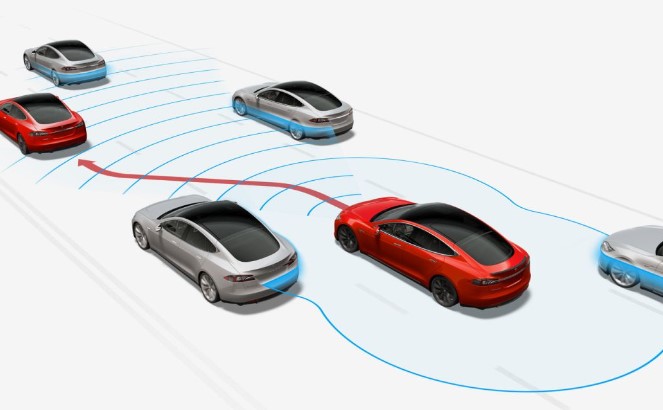Tesla cars are at the forefront of the electric vehicle revolution. With their sleek designs, impressive range, and high performance, they’ve captured the hearts of many. Among the many perks of owning a Tesla is the ability to charge it at home, ensuring that your vehicle is always ready for your next journey. If you’re contemplating purchasing a Tesla, or if you’re already a proud owner, understanding the home charging dynamics is essential. This comprehensive guide delves into all you need to know about charging Tesla cars at home.
What are the different types of home chargers available?
Before diving into the specifics of charging, it’s essential to understand the types of chargers available. Broadly, there are two main chargers you can use for your Tesla at home:

1. Mobile Connector:
The Mobile Connector is your Tesla’s standard companion. It’s a versatile charger that Tesla provides with every car purchase. While it is designed to plug into an ordinary household outlet, it offers slower charging compared to the dedicated Wall Connector. This option is great for those who don’t have a daily long commute and can afford to charge their Tesla over an extended period.
2. Wall Connector:
A level up from the Mobile Connector is the Wall Connector. Tailored specifically for home use, this dedicated charger is fixed onto a wall, ideally in your garage. Not only does it supercharge your vehicle much faster than its mobile counterpart, but it also comes with features allowing you to schedule charges during off-peak hours, optimizing your energy consumption and saving on electricity costs. Charging Tesla Cars at Home.
How to choose the right home charger for your needs
Choosing a charger might seem straightforward, but several factors come into play. Here’s a breakdown to help you make an informed choice.
Charging Speed
First, gauge your driving patterns. If your daily commute is long, or if you often embark on spontaneous long drives, opting for the Wall Connector makes more sense due to its faster charging capabilities. On the other hand, if your car remains parked most of the time, the Mobile Connector might suffice.
Electrical Capacity
Your home’s electrical infrastructure is a crucial consideration. Can your current setup handle a Wall Connector’s demands? If you’re unsure, it’s always good to get an assessment from a professional. Sometimes, homes might require an upgrade to the electrical service to accommodate the Wall Connector, so keep potential upgrade costs in mind.
Budget Considerations
While the idea of super-fast charging is appealing, home chargers come at varied prices. The Wall Connector, with its enhanced features and capabilities, is naturally more expensive than the Mobile Connector. Assess your needs against your budget and decide which charger offers the most value for your circumstances.
How to install a home charger

While the Mobile Connector is essentially plug-and-play, the Wall Connector requires a more hands-on installation process. Here’s a step-by-step overview:
- Hiring a Qualified Electrician: It’s vital to hire a certified electrician familiar with EV charger installations. They’ll ensure the installation meets local regulations and is safe.
- Assessing the Location: Determine the best spot for the Wall Connector, preferably close to where you park your Tesla. This ensures the charging cable reaches the vehicle without straining.
- Electrical Upgrades: Your electrician might suggest some upgrades. This could involve setting up a new circuit breaker and running dedicated wiring to the chosen installation spot.
- Mounting the Wall Connector: After the necessary wiring is in place, the Wall Connector is mounted securely on the wall and connected to the electrical infrastructure.
- Testing: Before wrapping up, the electrician will test the unit to ensure it’s operational and safe. They’ll also guide you on its basic functions.
Remember, while the initial investment in a Wall Connector and its installation might seem significant, it’s an investment in faster, more efficient charging that can pay off in convenience and potential electricity savings in the long run.
How to use a home charger to charge your Tesla car
Using your charger, be it the Mobile Connector or the Wall Connector, is a relatively straightforward process:

- Connecting the Charger: Start by plugging one end of the charger into the car’s charging port, and the other into the outlet (for Mobile Connector) or the Wall Connector. Upon successful connection, the charging port on the Tesla will display a pulsing green light, indicating the car is charging.
- Monitoring and Scheduling: With the Tesla app, you can keep a close eye on the charging process. The app provides real-time information about how much charge the battery has and how long until it’s fully charged. Moreover, the app allows you to schedule your charging sessions. If your utility provider offers lower rates during off-peak hours, you can set your Tesla to charge during these times, optimizing your electricity costs.
- Stopping the Charge: Once your Tesla is fully charged, it will stop drawing power. However, it’s a good habit to unplug the charger when not in use.
Tips for getting the most out of your home charger
To ensure you get the most out of your home charging setup, follow these tried-and-tested tips:
- Consistent Charging: Plug in your Tesla every night. Even if you haven’t used much battery during the day, this ensures you always have a full charge at the beginning of each day.
- Avoid Overcharging: While Tesla batteries are engineered for durability, it’s a good practice not to consistently charge to 100%. Instead, set your daily charge limit to around 80-90% to extend the battery’s lifespan.
- Maintain Your Charger: Regularly inspect your charger for any signs of wear or damage. Ensure it’s clean and free from debris, especially the Wall Connector which is exposed. This helps prevent issues and ensures efficient charging.
- Weather Considerations: In colder climates, batteries charge more slowly. Account for this during winter months by allowing more time for charging or by setting a higher charge limit.
- Safety First: Always ensure the charging area is dry to avoid electrical hazards. If you’re using the Mobile Connector, store it properly when not in use to avoid damage.
Conclusion
Owning a Tesla is more than just having a car—it’s an experience and a step towards sustainable driving. Charging Tesla cars at home only amplifies the convenience of owning these magnificent electric vehicles. With the ability to wake up every morning to a fully charged car, your daily commutes and spontaneous trips become effortless.
Armed with the knowledge from this guide, you can make an informed decision on your home charging setup, ensuring you strike a balance between speed, efficiency, and cost. The future is electric, and with Tesla leading the way, knowing how to efficiently charge your car at home ensures you’re always ready to be a part of this revolution.
Drive smart, charge smarter, and embrace the electric era with confidence!


